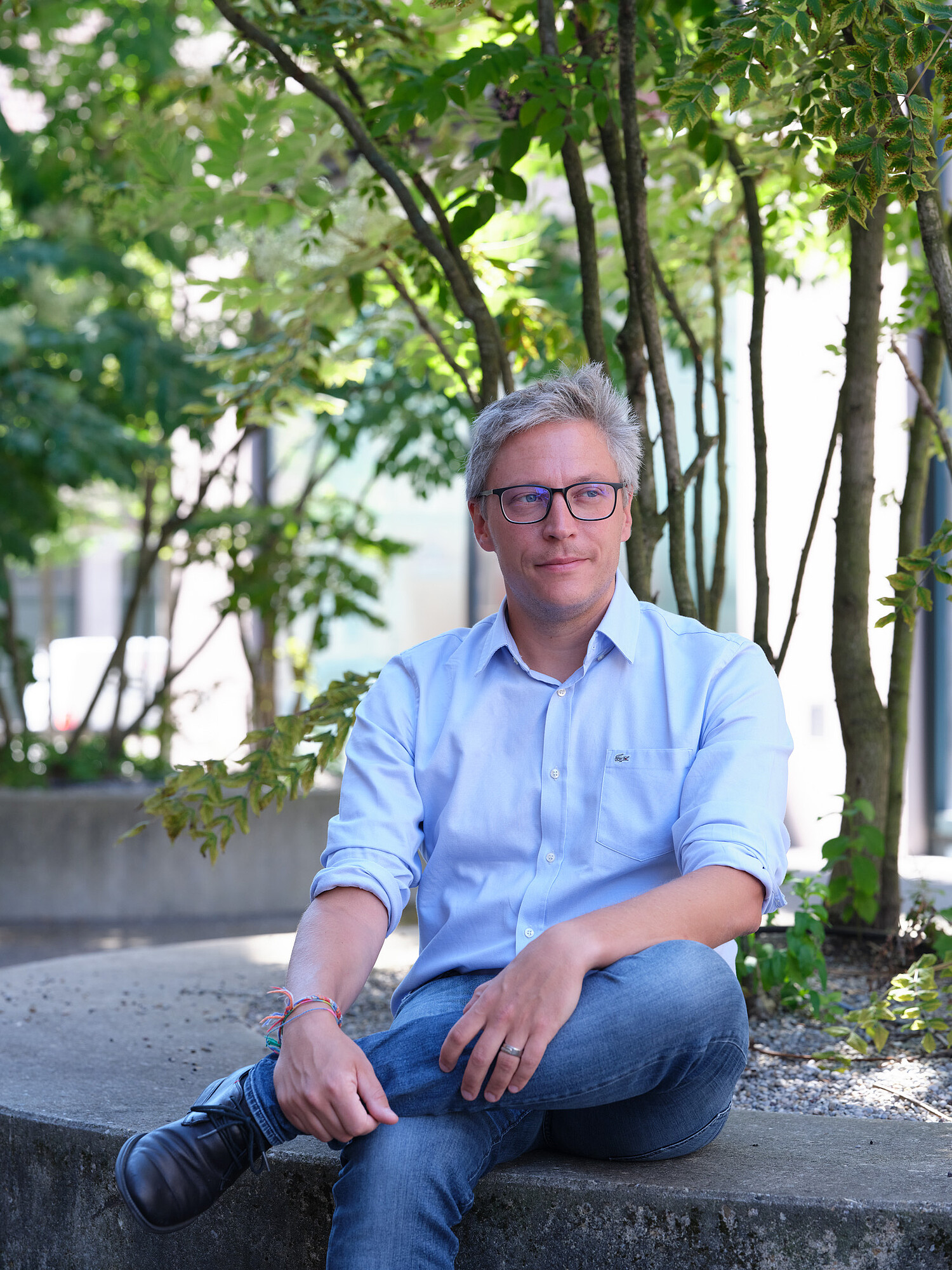
His research is stabilising our energy systems
How can an energy grid be restarted again quickly after an outage? How do companies prepare their systems for disruptions? ZHAW researcher Matteo Spada is investigating the resilience of “critical systems” to certain events, such as natural disasters or cyberattacks.
Looming energy shortages, an increased risk of natural disasters and cyberattacks: As we transition from fossil fuels to renewable energy, the protection of critical infrastructure is suddenly receiving new attention. “What has largely been taken for granted until now is becoming a topic of discussion in the media,” says ZHAW researcher Matteo Spada.
Resilience
It is not only since the coronavirus pandemic that “resilience” has become familiar as a keyword to a wider section of the population in the context of personal resilience. The term has also played an ever more important role in the context of supplying the population with energy and goods since the mid-1990s. After all, ensuring the stability and resilience of our supply grids is among the most important tasks that a state has to fulfil. It is also a highly complex matter.
In demand from companies and politicians
Matteo Spada from the ZHAW Institute of Sustainable Development (INE) is researching how such systems can be made more resilient to future disruptions. His expertise is also called upon time and again by companies and politicians. “In the field of resilience research, we try to understand how a system, for example an electricity grid, has to be developed and operated so that it remains functional and does not collapse in the event of a fault. Working on this basis, we can help stakeholders to increase the system’s resilience,” explains the 42-year-old, who studied physics at the University of Bologna and has worked at the ZHAW as a research associate since last November.
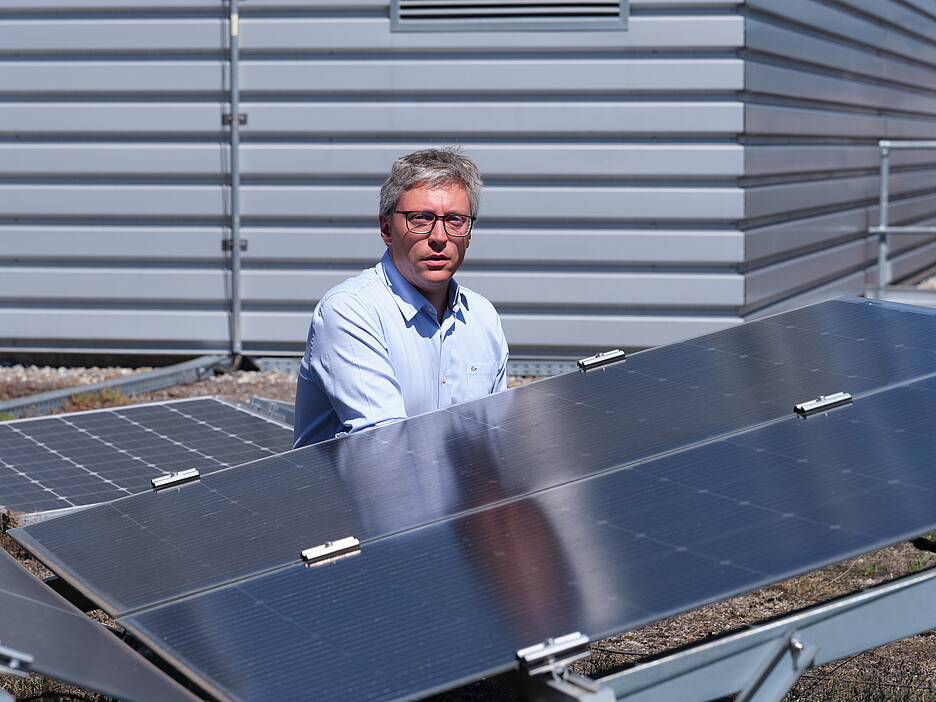
“The answer to the question regarding the type of energy supply and its desired level of reliability remains a political one.”
As an example, Spada cites the partial failure of a gas grid in a small town following heavy rainfall. The affected households and industrial companies are to be supplied with gas again as soon as possible. “For this to happen, however, there needs to be clarity with respect to how the utility company can achieve this,” remarks Spada, who goes on to explain various possibilities: “You either locate the fault in the grid and repair it as quickly as possible, or you activate a reserve system, for example in the form of a power generator.” He adds, however, that the latter is only possible if the gas is used to generate electricity. Where gas is used for heating or cooking purposes, gas storage is the more suitable solution to compensate for gaps in supply, continues Spada. “Either way, it comes down to the quickest solution that can keep the system functioning.”
Identifying potential risks in order to soften the blow of an emergency situation
To enable operators of energy systems or other critical infrastructures to react quickly and efficiently to disruptions in the system, Mateo Spada is attempting to identify all of the potential risks. When assessing the systems, it is also a question of which type of energy reserve is suitable for which system. Spada gives the example of a waterworks whose pumps are powered using electricity from the power grid. The operator no longer wants to use a diesel generator to operate the reserve system in the event of a power grid disruption. Instead, they want to replace it in the future with a more sustainable and environmentally friendly form of energy. The operator has the choice between a battery, which is charged either by wind energy or a photovoltaic system, and a fuel cell.
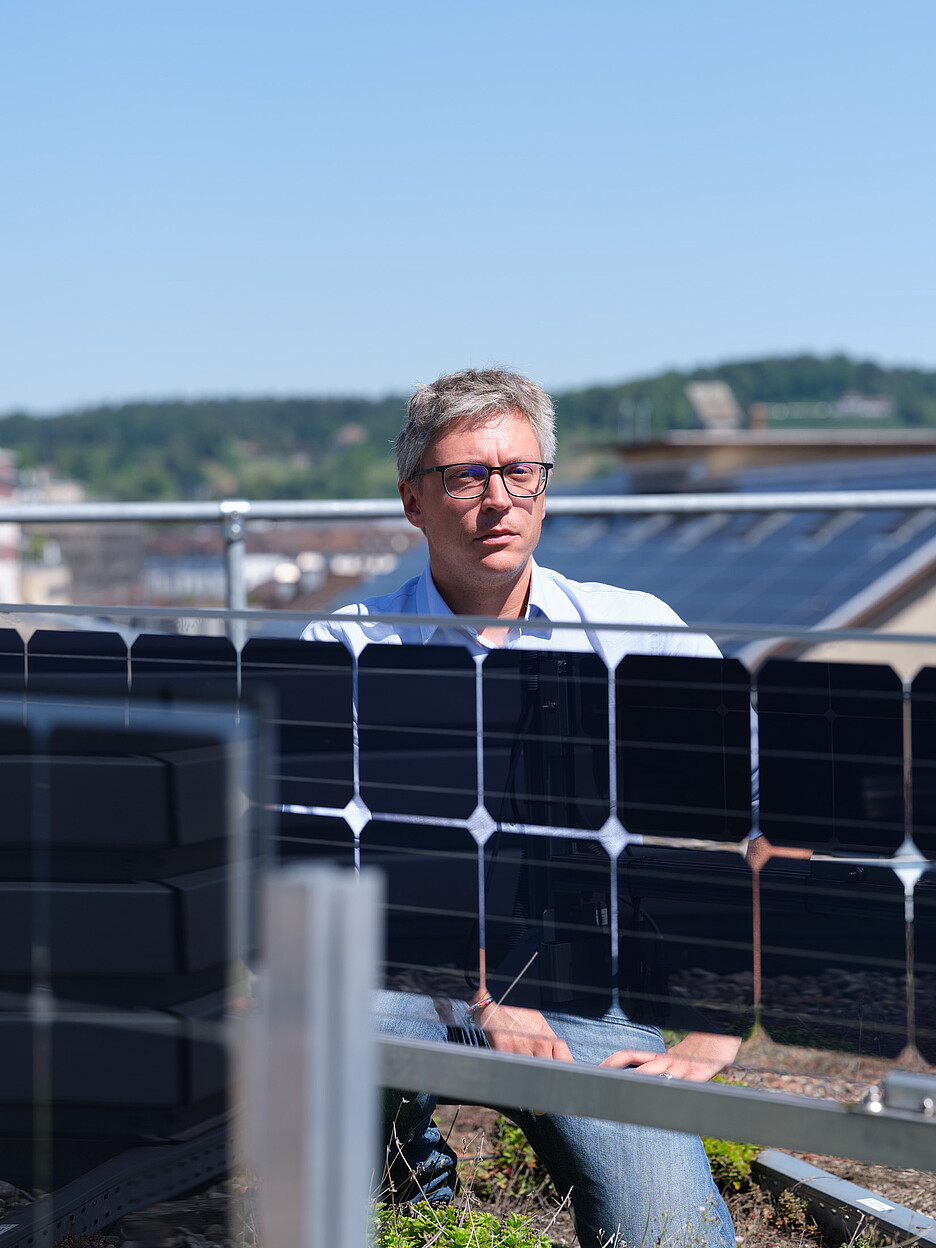
In order to determine the optimal reserve storage system, Matteo Spada simulates bottlenecks in the energy system for a certain period of time and is thus able to show which energy solution can be deployed most quickly and helps to bridge the bottleneck most reliably. He demonstrates the advantages and disadvantages of the solutions under consideration to the stakeholders using simulations. “In this instance, the photovoltaic system and wind power solution are less suitable, as during periods when there is no wind or several days without sunshine, not enough energy can be generated for the period under consideration.” However, a battery connected to the photovoltaic or wind power system could help to compensate for this difference – depending on the severity and time at which the bottleneck occurs. Otherwise, fuel cells could represent a better solution. Here, it has to be considered, however, that hydrogen is the main fuel and determined whether there is sufficient hydrogen storage given the market situation. “In the end, you won’t get a definitive solution when comparing energy systems based on simulation results, but it will provide a starting point for a more informed decision-making process,” explains Spada.
From risk assessment to system repair
Looking back, the researcher believes that it was a series of different steps in his development rather than any systematic plan that led him to turning his attention to risk analysis and the resilience of systems. “Getting to this point was a long process,” says Matteo Spada with a laugh. “I wrote my doctorate in the area of earth sciences at ETH Zurich, focussing on the risks posed by earthquakes and tsunamis for people and infrastructure. From here, my interest developed further to include the potential risks that exist for infrastructures.” As a risk analyst at the Paul Scherrer Institute, he investigated the risk potential of energy and mobility systems. His next step saw him transition from the field of risk analysis to focus on the rapid recovery of systems following a disruption.
No such thing as absolute protection
“We are developing measures to reduce the risk potential of energy systems. We are also aware of most of the risks that exist for pretty much every infrastructure as well as the majority of the potential consequences of a system failure. Nevertheless, all of this cannot provide a 100-percent guarantee that no faults will occurs,” says a confident Spada. System faults, be they due to an earthquake, a cyberattack or human error, will happen no matter what, he adds. “We just don't know when. This means that there needs to be an awareness of how a system can be protected and made functional again as quickly as possible after a fault,” explains the resilience researcher.
Fascinated by models and simulations
If you ask Matteo Spada what the attraction of his work is, he has to elaborate a little. “Reading a lot and exchanging ideas with other researchers are of course a big part of my work and something I value a lot,” he explains. Communicating and explaining the results of his resilience or risk assessments to political and administrative stakeholders are also cited as both challenging and appealing aspects of his work. “However, what I value most about my job is being able to create models and simulations. What I find fascinating is that I can use mathematics to understand how certain processes or things work. Playing with numbers and models – that is what I consider the best part of my work.”
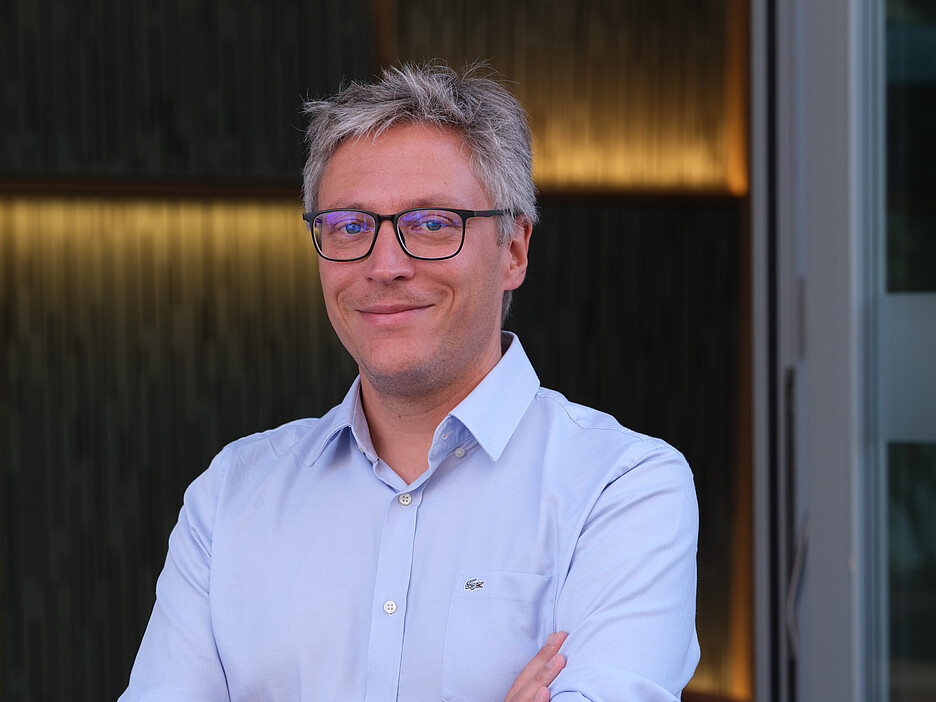
“Playing with numbers and models – that is what I consider the best part of my work.”
The fact that Spada's chosen field of research is now hugely topical in the context of the war in Ukraine and in view of reduced Russian gas supplies to Europe underlines the high relevance of his work for society. He points to his home country of Italy. As a southern European nation, it could, to a large extent, compensate for a stop in Russian gas supplies with liquefied gas from countries such as Algeria and Egypt. Nevertheless, it would still be faced with the spectre of a deficit in its gas supply. “While we can make plans on what can be done if there is a fault in the grid, the answer to the question regarding the type of energy supply and its desired level of reliability remains a political one,” states Matteo Spada, at the same time illustrating the limits of his work as a scientist.

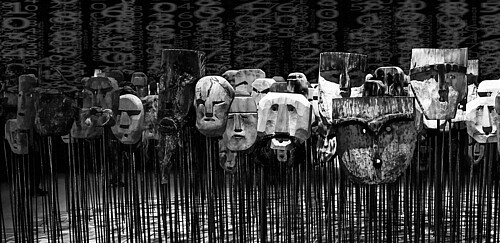
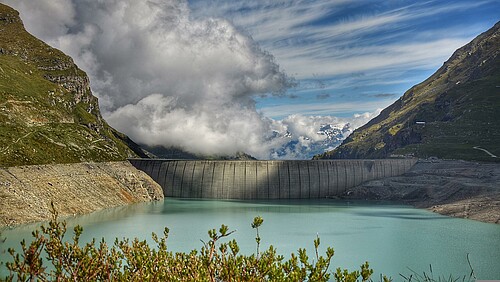
0 Comments
Be the First to Comment!